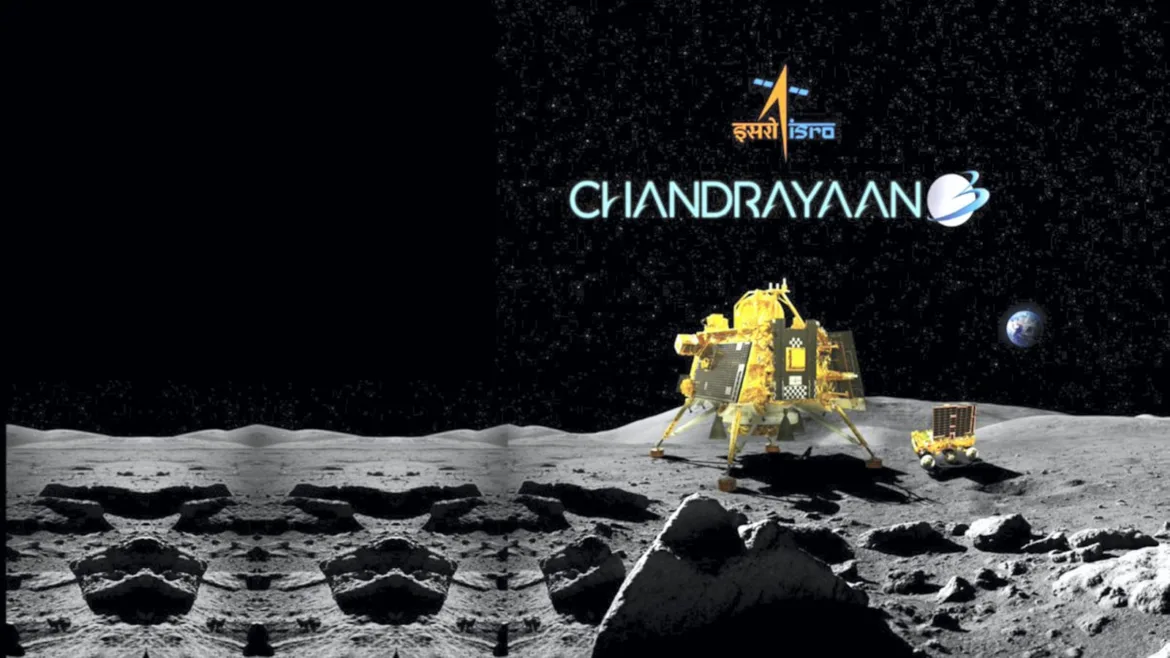India’s Chandrayaan 3 mission is poised to achieve a momentous soft landing on the uncharted southern pole of the Moon on August 23rd. The mission’s lander, Vikram, also carrying a rover, is currently in lunar orbit at an altitude ranging from 25 km to 134 km above the Moon’s surface. The intricate 20-minute descent sequence of Vikram is scheduled to commence around 5:45 pm (IST), as outlined by the Indian Space Research Organisation (ISRO). A successful landing would position India as the fourth nation, after Russia, the USA, and China, to successfully land a probe on the lunar landscape. Notably, it would also mark the first soft landing in proximity to the Moon’s southern polar region.
However, India’s endeavor is just one among numerous global lunar pursuits. Russia’s Luna 25 recently encountered failure during a lower orbit maneuver while aiming for a south pole landing. Meanwhile, the USA, China, Japan, South Korea, the European Space Agency, and the United Arab Emirates are all plotting their individual lunar missions.
Reflecting on history, Russia, then known as the Soviet Union, became the pioneering nation to touch down a probe on the Moon in 1959. A decade later, the United States achieved a remarkable milestone by landing humans aboard Apollo 11. China joined the ranks of lunar achievers in 2019 and 2020, accomplishing consecutive successful soft landings.
India’s initial foray into lunar exploration was marked by the Chandrayaan-1 mission in 2008, which unveiled the presence of water molecules on the lunar surface. This discovery rejuvenated the global interest in lunar exploration, as water is a vital resource for potential extraterrestrial habitation.
Amidst this fervor, what underlies the ultimate objective of this renewed lunar pursuit?
Beyond showcasing technological prowess, the larger ambition extends beyond perfecting soft landing techniques. The foundation for lunar exploration is landing amidst the challenging lunar environment.
NASA’s Artemis program underscores the United States’ plan to return to the Moon, over fifty years after its last lunar visit. China’s goals include both lunar landing by 2030 and establishing a permanent lunar base, a feat also sought by other nations.
While the Moon’s surface may not be conducive to human settlement due to the absence of a protective atmosphere, Mars presents a more viable option. Perhaps, the renewed lunar enthusiasm is a stepping stone toward Mars exploration.
Though the Moon’s surface may not be habitable, its water resources could propel rockets destined for Mars. The Moon’s proximity to Earth—384,400 kilometers compared to Mars’ 225,600,000 kilometers—facilitates travel to Mars. Mars’ thicker atmosphere and magnetic field offer better radiation protection than the Moon. Additionally, Mars boasts evidence of past water presence.
Hence, while the Moon might serve as a launchpad rather than a dwelling site, its potential as a refueling depot for missions to Mars makes it an invaluable asset for humanity’s future in space exploration.”

